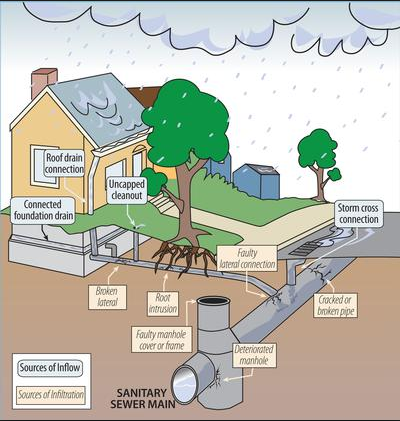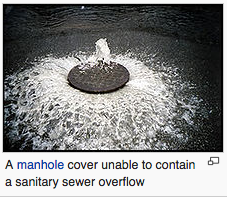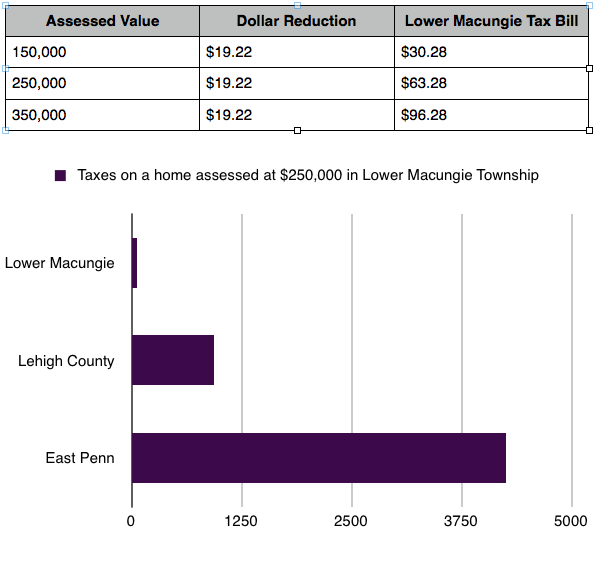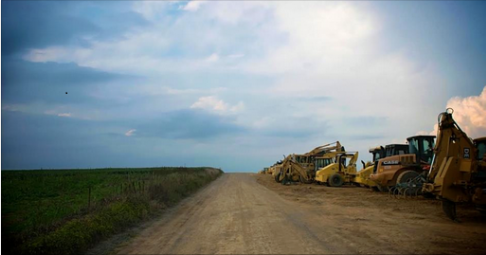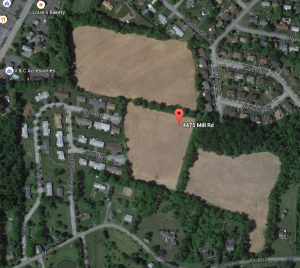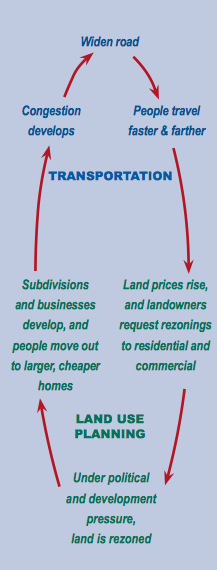Election time craziness.
First, as always during election time folks try to color conversations with hyper partisan lenses. Problem is over the last year most county discussions really were not partisan in nature. At least between the 9 County commissioners. 7 of which are Republicans who are not always on the same end of the ideological spectrum and 2 Democrats. I know this because I attend meetings. Not religiously. But enough to get a flavor. Ones I don’t attend I frequently watch online.
With this years budget? There was only 1 dissenter with an 8-1 vote.
Cumulative impacts.
Last years tax cut was derisively called a “happy meal”. This year a “pizza”. No matter what silly labeling each year the fact remains – after Don Cunningham’s (D) 16% tax increase of 2011 Lehigh County has since given either a rebate or tax cut 3 of the last 4 years. Just like small tax increases add up over time, so do small tax decreases.
Lehigh County tax cuts and rebates since 2011 increase.
2011 – Don Cunningham’s (D) 16% tax increase.
Since then over last 4 years…
2013 – Tax Cut of 3.0M. Rebate of 3.5M or a 44 dollar reduction
2014 – 0
2015 – Tax cut of 1.25M or 8 dollars for average homeowner
2016 – Tax cut of 2M or 14.21 for average homeowner
So yes, another “small” tax cut. But when you find “small” tax cuts year after year it adds up. And that’s just the County in a silo. Last year every Lower Macungie homeowner got a 19 dollar homestead break. For those at or under the median home value you will get your second in 2 years in 2016.
For some? It’s now a couple happy meals. For others? Maybe 2 tanks of gas. But for some the impacts are more serious. For ex. $40 helps feeds two seniors on fixed income for a weeks time. $40 helps a single mom feed a newborn for 2 weeks. It all adds up.
All told today? Just over 6 million in cuts over 5 years with zero measurable decreases in services. Sounds like a job well done to me.
“Rainy day/reserve fund”.
Commissioners have been criticized for “dipping into the rainy day fund to balance the budget”. Ok let’s examine that.
First, unlike Lower Macungie Township the County doesn’t have a fund balance policy. (Maybe they should consider one?) The next best measure is the Government Finance Officers Association (GFOA). They recommend 20%. This budget maintains that. 106M budget with a 20%+ reserve fund. Including and prior to this year Lehigh County has either met or exceeded recommended reserves. Prudent financial management.
Other Counties already borrowing money because of state budget impasse.
Lehigh County is not. They may very well eventually have to depending on how long Harrisburg gridlock lasts. But to date it’s not been considered. Others counties have had to. This again demonstrates the excellent fiscal shape Lehigh is in.
Takeaway.
I think the makeup of the current board of Commissioners is excellent. A very high functioning board under the leadership of Brad Osborne. The passed budget reduced taxes for the 3rd time in 4 years. The reserve fund is still at or above 20%. The counties bottom line finances are healthy.
In a climate where for better or worse “throw the bums out” is a rally cry.. In Lehigh County? I think stability is a good thing. Is there friction between the Executive and Commissioners at times? Yes. But isn’t that the way American democracy is supposed to work? As for the 9 Commissioners? I think the makeup of the board is excellent as it stands.

